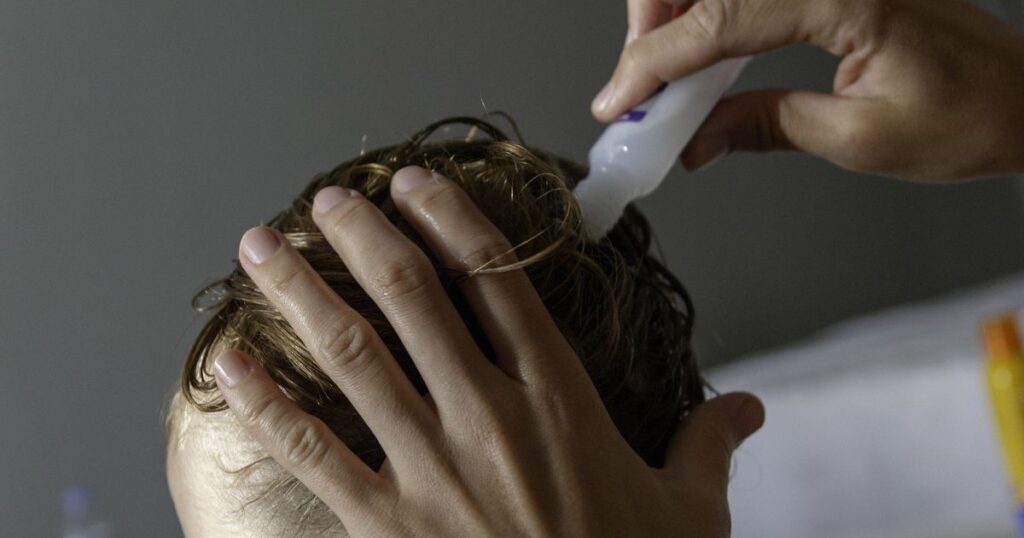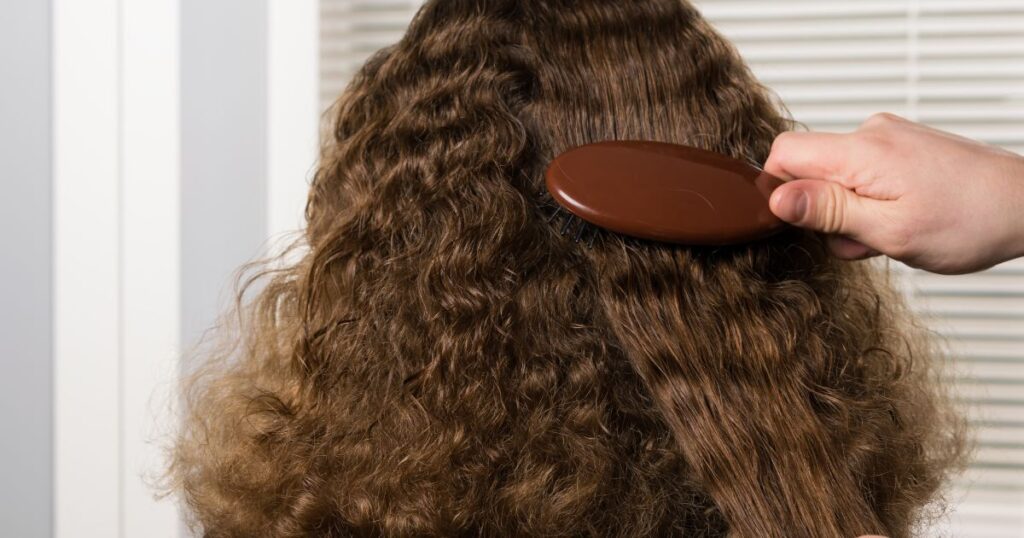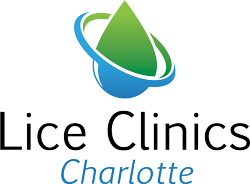Protective Hairstyles: Keeping Lice at Bay During School and Play
The start of a new school year often brings excitement, new routines, and the chance for children to meet up with their friends. However, parents also face the less-than-pleasant reality of head lice, a problem that spreads easily in school settings. As soon as one child gets lice, there’s a strong chance it will spread rapidly through classrooms.
When it comes to protecting your child, parents often wonder: Do lice prefer a certain hair type? While many believe that lice favor particular textures or lengths of hair, the truth is more complicated. What matters most isn’t the type of hair but rather how you manage it.
In this blog, we’ll answer the question of whether lice prefer a certain hair type, explore some protective hairstyles to prevent lice, and provide useful tips for keeping your child’s hair safe during school and play.

Understanding Lice Behavior
Before jumping into lice-resistant hairstyles, it’s helpful to understand how lice spread. Lice don’t jump or fly; they crawl from one head to another through direct contact. Children, especially younger ones, tend to play closely together, often touching heads while playing or hugging. As a result, lice thrive in environments like schools, where kids are in constant contact with one another. Most head lice cases occur because of direct head-to-head contact.
It’s also helpful to know a little about the lice life cycle. Adult lice lay eggs, called nits, which attach to hair strands near the scalp. These eggs hatch into nymphs within a week or two, and within another week, these nymphs grow into adults capable of laying more eggs. Because of this cycle, catching lice early is crucial, as it helps prevent a full-blown infestation.
Other myths include the belief that lice can live for long periods off the scalp. The truth is that lice only survive for about 24–48 hours without a human host. So, while it’s a good idea to clean personal items like hats and bedding, the risk of lice lingering on inanimate objects for extended periods is relatively low.
Do Lice Prefer a Certain Hair Type?
The myth that lice favor certain types of hair has been around for years. Many people believe that lice are attracted to dirty hair or that they can’t infest curly or thick hair as easily. The truth is that lice do not prefer a certain hair type. Instead, they look for opportunities to move from one head to another. Hair that is loose, flowing, or frequently in contact with others is more likely to attract lice.
For instance, a child with long, unbraided hair is at greater risk of getting lice than a child whose hair is tightly secured in a braid or bun. While your child’s hair type won’t make them more or less prone to lice, how you manage their hair can make all the difference.

Best Hairstyles to Prevent Lice in Children
When it comes to lice prevention tips, selecting the right hairstyle can be incredibly effective. Keeping hair tightly secured reduces the chance of it coming into contact with another child’s hair, which helps minimize the spread of lice.
Here are some of the best hairstyles for lice prevention:
Braids
Braids are a great way to keep hair secure and minimize loose strands. There are various styles to choose from, such as classic single braids, French braids, and fishtail braids. The tighter the braid, the better it protects against lice. For instance, a French braid keeps hair close to the scalp, making it difficult for lice to latch on.
Buns
High or low buns are another effective style. A bun gathers all the hair together, reducing the chances of loose strands brushing against other children. Whether it’s a sleek ballerina bun or a casual messy bun, this style offers great protection during school or playtime.
Ponytails
While ponytails don’t offer the same level of protection as buns or braids, they still keep hair out of the way. For added protection, consider twisting the ponytail into a bun, which helps reduce exposure to lice.
Pigtails
Pigtails work similarly to ponytails but with the added benefit of sectioning the hair into two secure parts. This keeps more hair contained and makes it harder for lice to crawl from one head to another.
While lice do not prefer a certain hair type, they do take advantage of loose hair that’s in close contact with others. The great thing about protective hairstyles is that they don’t have to be boring or repetitive. You can mix it up by trying different types of braids or buns, letting your child’s personality shine through while still keeping their hair protected.
Additional Lice Prevention Tips
Along with using hairstyles to prevent lice, there are a few other simple lice-prevention tips that can help keep your child lice-free:
Use a Natural Lice Repellent Spray
Certain scents, like mint and tea tree oil, are known to repel lice. You can apply a light mist of these natural repellents to your child’s hair before they head to school. Just be sure to avoid products that contain harsh chemicals.
Teach Kids to Avoid Head-to-Head Contact
One of the best ways to prevent lice in children is to teach them not to touch heads during play. This might seem like a small change, but since lice spread through head-to-head contact, it’s crucial. Encourage your child to keep a little distance during activities where close contact is common.
Regular Lice Checks
Even with lice-resistant hairstyles and preventive sprays, regular checks are important. Using a fine-tooth comb, you can regularly check for nits or lice. Early detection is key to stopping a small infestation from spreading.

Smart Hair Choices Keep Lice Away
While it’s a relief to know that lice do not prefer a certain hair type, it’s still important to be proactive about lice prevention. Choosing the right hairstyle—whether it’s a braid, bun, or ponytail—can greatly reduce the risk of lice transmission, especially in schools and during playtime. Combined with regular lice checks and some simple prevention tips, these strategies can help keep your child lice-free all year round.
At Lice Clinics Charlotte, we’re here to help families prevent and treat lice. If you have concerns or need assistance, contact us today for professional treatments and expert advice.
